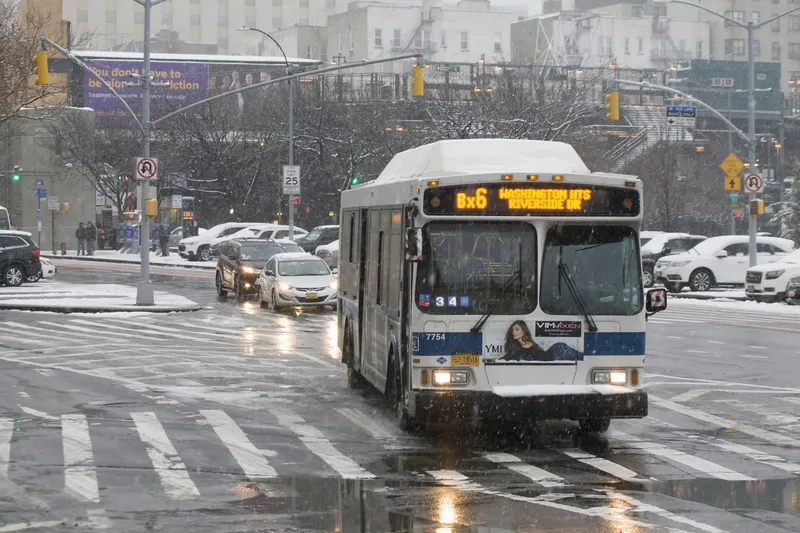German car manufacturer BMW has teamed up with connected services specialist WirelessCar and its local service partner China Unicom to introduce BMW ConnectedDrive services to China. BMW’s services include emergency, breakdown, and concierge calls as well as remote door unlock, traffic information and further internet-based services. WirelessCar’s solutions are provided via its telematics service delivery platform (TSDP), a comprehensive off-board platform based on the open framework next generation telema
April 10, 2013
Read time: 2 mins
German car manufacturer 1731 BMW has teamed up with connected services specialist 6955 WirelessCar and its local service partner China Unicom to introduce BMW ConnectedDrive services to China.
BMW’s services include emergency, breakdown, and concierge calls as well as remote door unlock, traffic information and further internet-based services.
WirelessCar’s solutions are provided via its telematics service delivery platform (TSDP), a comprehensive off-board platform based on the open framework next generation telematics pattern NGTP, which makes it possible to link content, call centres and networks more easily to speed up time to market.
Francis Dance, BMW ConnectedDrive senior manager in Beijing, stated: “WirelessCar was a key partner in bringing BMW’s global ConnectedDrive service platform to China on schedule. The project required significant local market adaptation and working with multiple partners to achieve the goals. Their teamwork and support was essential to our success.”
“China is a unique and complex market” says Martin Rosell, managing director of WirelessCar, “and our partnerships with China Unicom and other important companies allow us to benefit from their unique expertise on this market as well as providing licences to operate in China. Being the largest market in the world, this marks a credible step in WirelessCar’s global footprint and shows our commitment to China as the largest and fastest growing market”.
BMW’s services include emergency, breakdown, and concierge calls as well as remote door unlock, traffic information and further internet-based services.
WirelessCar’s solutions are provided via its telematics service delivery platform (TSDP), a comprehensive off-board platform based on the open framework next generation telematics pattern NGTP, which makes it possible to link content, call centres and networks more easily to speed up time to market.
Francis Dance, BMW ConnectedDrive senior manager in Beijing, stated: “WirelessCar was a key partner in bringing BMW’s global ConnectedDrive service platform to China on schedule. The project required significant local market adaptation and working with multiple partners to achieve the goals. Their teamwork and support was essential to our success.”
“China is a unique and complex market” says Martin Rosell, managing director of WirelessCar, “and our partnerships with China Unicom and other important companies allow us to benefit from their unique expertise on this market as well as providing licences to operate in China. Being the largest market in the world, this marks a credible step in WirelessCar’s global footprint and shows our commitment to China as the largest and fastest growing market”.










